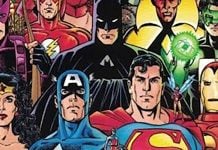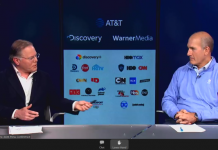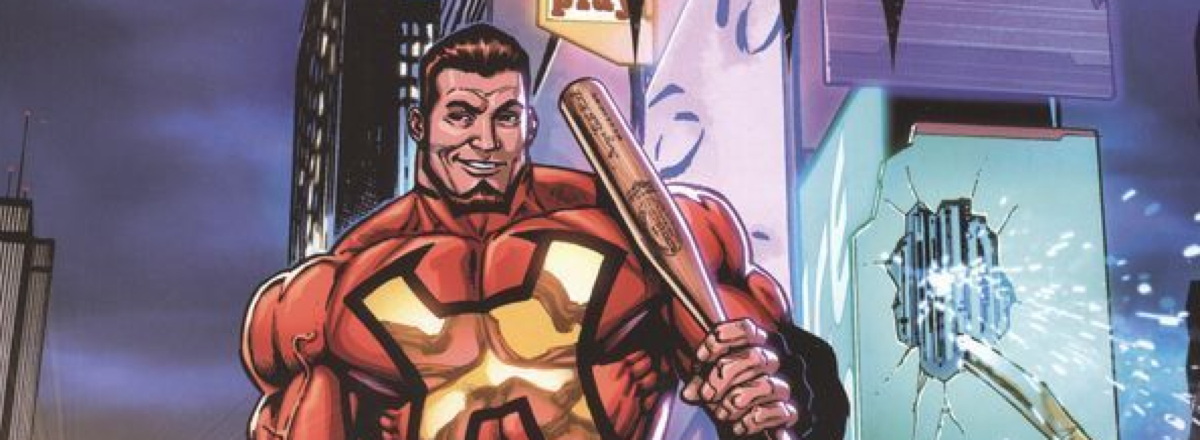
Pockets of resistance remain, but generational objections to comics have dissipated among librarians. “People who don’t read them or grew up at a time when they were considered poor literature still have that stigma from the 1950s,” says Robin Brenner, teen librarian at the Brookline Public Library in Massachusetts and a leading crusader for comics in libraries. But it’s hard to stay dissatisfied with comics’ high circulation numbers. According to librarians surveyed for this article, graphic novels are among the most circulated categories, right up there with teen paranormal romance and DVDs.
While comics watcher are justifiably obsessed with Diamond statistics, it’s vital to know that there is an army of library specialists out there who have their own army of facts and figures on circulation. I kind of wrote this story to set out a history of the recent growth of GNs in libraries and set the stage for the further exploration to come. At C2E2’s professional shows last week, the retailer panels were sparsely attended because they were so specialized, but the library and educational panels were packed. There’s a lot of energy in this area right now, and the smart folks are jumping on board and teaming up.
I’ll have more from this Friday’s day of library and educational programming prior to TCAF.







Hey Heidi,
it was great to see the coverage on this in PW. Libraries have played such a key role in the growth of the GN category that it can not be possible to overstate the fact.
Many comics publishers are mystified by the role libraries play but if you drill down into the ‘outliers’ you can see how healthy gn/comics collections in a library can also be reflected in the health of a well-run comics store and indie bookseller. In many cases tho, libraries may very well be the only source for comics material in a town, city, or region.
Another critical element that comics pubs dont get is the need for catalog information for the book. If you look inside the title page on prose novels or any graphic novel published by Scholastic(Bone) First Second(American Born Chinese) FSG(A Graphic Adaptation of the 9/11 Report) or W.W. Norton(Stitches) you see a listing of catalog information. This is basically the birth certificate or registration document for the book. It is also crucial to the discoverability for the book via the electronic world.
I’ll write more about that in my next posting for you…hopefully this week!
In my region of Canada, one city’s public library hosted LibraryCon on the same date as FCBD (last Saturday) A local comic shop helped out. The library held readings, displayed comic memorabilia, had comic artists visit, and it looked like lots of fun. It was covered as a good news story by the local media.
DC partnered with the New York Public Library c.1998 in testing the category.
Librarians selected DC titles which they felt would appeal to teens, and placed them in various branch libraries. Books of Magic and Sandman were two titles that I recall.
With barcoding of libraries in the 1990s, libraries were able to generate circulation figures for a variety of subjects and categories. Presentations at library conferences further spread the gospel.
The GNLIB-L group started in 1999, which also served as a clubhouse and resource for new librarians tasked with creating a graphic novel collection.
2003, New York Is Book Country had Jim Lee produce the festival poster, and also had a GN programming track. (Neil Gaiman signed copies of Sandman: Endless Nights!)
http://toynewsi.com/news.php?catid=98&itemid=1791
The last NYIBC, at NYU in 2004, had a decent programming tract and GN zone. I recall Dan Slott and Joe Kubert in attendance. (The Brooklyn Book Festival has picked up the torch since, as have other book festivals like Miami and Los Angeles.)
As for shows, Chicago will be hosting the Annual conference of the American Library Association this June, which will once again have a mini comic con on the show floor. 20,000 attendees!
When I visited my nephew’s school last week, I found a few graphic novels (in 741.5) in the library. (Of course, I’ll be sure to donate some books!) That’s the next rampart to storm, as kids’ comics grow as a market.
My public library has so many graphic novels and trades, I rarely feel the need to buy a comic book these days. That’s good for me and bad for the industry, I suppose.
The library has pricey items I would never consider buying (don’t wanna risk the rent), like “Locas,” the “Amazing Adult Fantasy Omnibus” and a thick hardbound volume of Simon-Kirby “Sandman” stories.
Comments are closed.